Legionnaire's Disease Symptom Checker
About Legionnaire's Disease
This tool helps identify potential symptoms of Legionnaire's disease, a serious form of pneumonia caused by Legionella bacteria found in warm water systems.
Key Risk Factors
- Recent travel to hotels or facilities with large water systems
- Exposure to hot tubs or spas
- Working in buildings with cooling towers
- Age over 50, smoking, or compromised immunity
Select Your Symptoms
Symptom Analysis
Select symptoms and exposure history, then click "Check for Possible Legionnaire's Disease" to get your analysis.
Imagine stepping into a hotel shower and, hours later, battling a high‑fever cough that won’t quit. That nightmare could be a bout of Legionnaire's disease, a severe form of pneumonia caused by the Legionella bacteria that thrive in warm, stagnant water.
Legionnaire's disease isn’t a modern myth; it first made headlines after a 1976 outbreak at an American convention center, killing dozens. Since then, health agencies worldwide have tracked thousands of cases each year, and the disease remains a hidden threat in hotels, hospitals, and large‑scale cooling systems.
Key Takeaways
- Legionella bacteria spread through aerosolized water, not through person‑to‑person contact.
- Symptoms usually appear 2‑14 days after exposure and mimic flu or regular pneumonia.
- Fast diagnosis relies on a urinary antigen test or specialized cultures.
- Effective treatment combines macrolide or fluoroquinolone antibiotics for at least 10‑14 days.
- Prevention centers on proper water system maintenance and regular temperature monitoring.
What Causes Legionnaire's Disease?
The culprit is Legionella, a gram‑negative bacterium that loves warm water between 25°C and 45°C (77°F‑113°F). Common breeding grounds include:
- Cooling towers on office buildings
- Hot tubs and spas
- Large plumbing systems in hotels or hospitals
- Decorative fountains and water‑feature installations
When these sources emit fine droplets-think of a mist from a showerhead-the bacteria can be inhaled deep into the lungs. You won’t catch it from touching a faucet; the risk is purely inhalational.
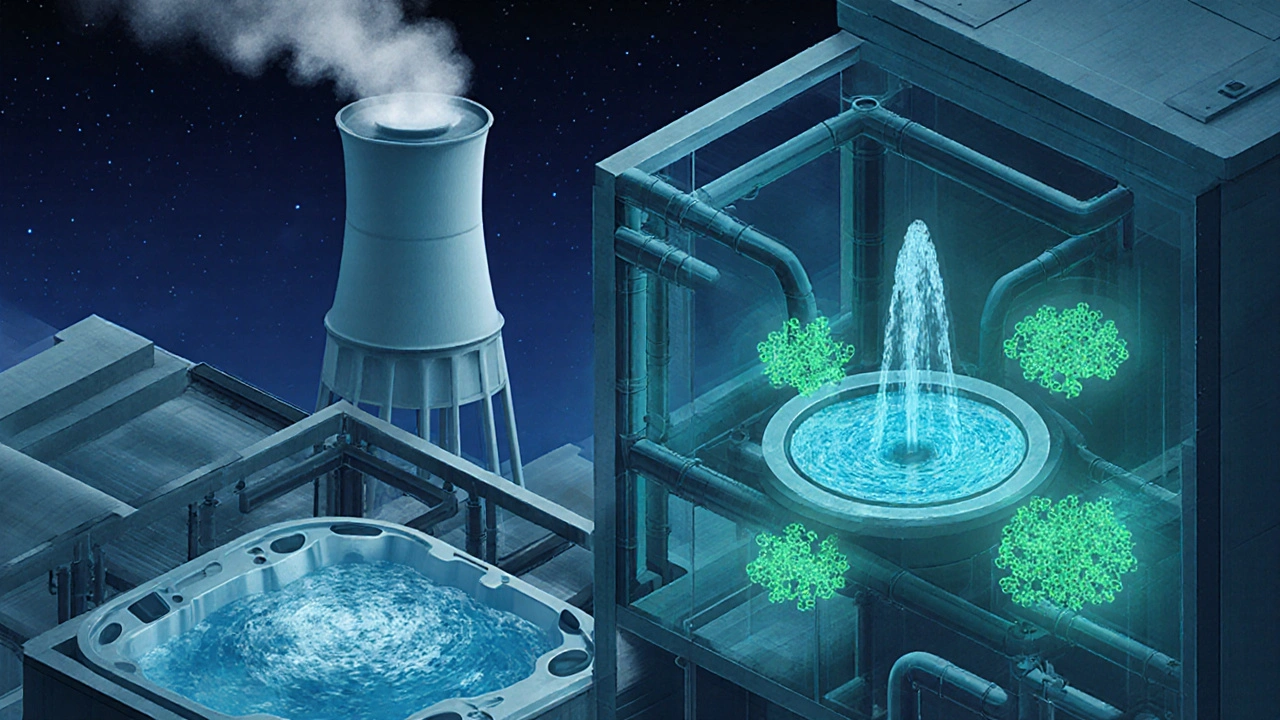
Recognizing the Symptoms
After the incubation period-usually 2 to 10 days, but sometimes up to 14-people develop flu‑like signs that quickly worsen. Typical symptoms include:
- High fever (often above 39°C/102°F)
- Severe cough, sometimes producing blood‑streaked sputum
- Shortness of breath
- Muscle aches and headaches
- Chest pain and confusion in older adults
Because the early picture overlaps with regular pneumonia, doctors rely on exposure history-recent travel, stay in a hotel, or work in a facility with large water systems-to raise suspicion.
How Is It Diagnosed?
Laboratories use three main tools:
- Urinary antigen test-quick, detects Legionella pneumophila serogroup1 in a single drop of urine.
- Culture of sputum or bronchoalveolar lavage fluid on specialized media (buffered charcoal yeast extract).
- Polymerase chain reaction (PCR) assays that amplify bacterial DNA from respiratory samples.
While the antigen test is fastest, a full culture helps identify less common strains and informs public‑health tracking.
Treatment Options
Once confirmed, the standard of care is antibiotics that achieve high lung concentrations. Two families dominate:
- Macrolides such as azithromycin-preferred for their anti‑inflammatory properties.
- Fluoroquinolones like levofloxacin-effective against a broader range of Legionella species.
Guidelines from the CDC recommend a minimum 10‑day course, extending to 14days for severe cases or immunocompromised patients. Intravenous administration is typical at first, switching to oral tablets once fever subsides.
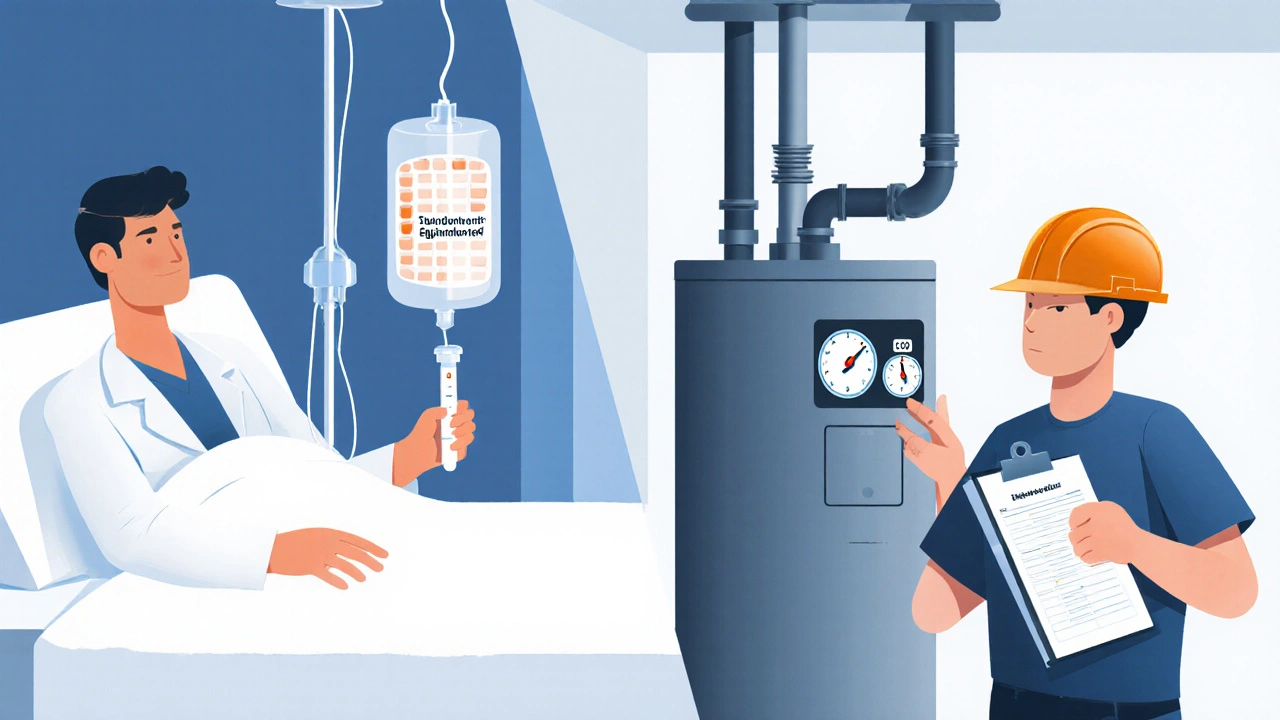
Preventing Outbreaks
Because the bacteria live in water, prevention is a matter of engineering and routine testing. Key steps for building managers include:
- Maintain hot‑water temperatures above 60°C (140°F) and cold‑water below 20°C (68°F).
- Perform weekly flushing of rarely used taps and showerheads.
- Install copper‑silver ionization or chlorine dioxide treatment in large systems.
- Schedule quarterly Legionella testing-both culture and PCR-to catch early growth.
- Document maintenance logs and share them with local health departments during an outbreak investigation.
Travelers can also lower risk by avoiding hot tubs with unclear cleaning records and by requesting fresh water when staying in older hotels.
When to Seek Medical Help
If you experience a fever above 38°C (100.4°F) accompanied by a cough and have recently been in a high‑risk environment, call your doctor right away. Early antibiotic therapy cuts hospital stay by half and dramatically reduces mortality-from 10% down to 2‑3% in studied cohorts.
| Aspect | Legionnaire's Disease | Typical Bacterial Pneumonia |
|---|---|---|
| Primary cause | Legionella bacteria from water aerosols | Streptococcus pneumoniae, Haemophilus influenzae, etc. |
| Transmission | Inhalation of contaminated mist | Person‑to‑person droplets |
| Incubation | 2‑14days | 1‑3days |
| Diagnostic test | Urinary antigen or specialized culture | Chest X‑ray, sputum culture |
| First‑line antibiotics | Azithromycin or levofloxacin | Penicillin, amoxicillin |
| Mortality (treated) | 2‑3% | 1‑2% |
Frequently Asked Questions
Can Legionnaire's disease be caught from a swimming pool?
Pools that use chlorine and are properly filtered are low‑risk. The danger rises in hot tubs, whirlpools, or poorly maintained pools where water temperature stays warm and disinfectant levels dip.
How long does treatment usually last?
Most health authorities advise at least 10days of antibiotics, with many clinicians extending to 14days for severe cases or if the patient’s immune system is compromised.
Is there a vaccine for Legionella?
No licensed vaccine exists yet. Research is ongoing, but prevention today relies on water‑system control and rapid diagnosis.
Who is most at risk?
Older adults (over 50), smokers, people with chronic lung disease, and anyone with a weakened immune system face higher odds of severe infection.
What should I do if I suspect an outbreak at my workplace?
Notify facility management immediately, request water testing, and advise any symptomatic staff to seek medical evaluation. Public‑health officials may need to be contacted for a formal investigation.
Understanding the chain-from bacteria thriving in a warm pipe to the lungs of an unsuspecting guest-helps you spot the warning signs early and take the right steps. Whether you’re a traveler, a building manager, or just a curious reader, the facts above give you a solid roadmap to stay safe.
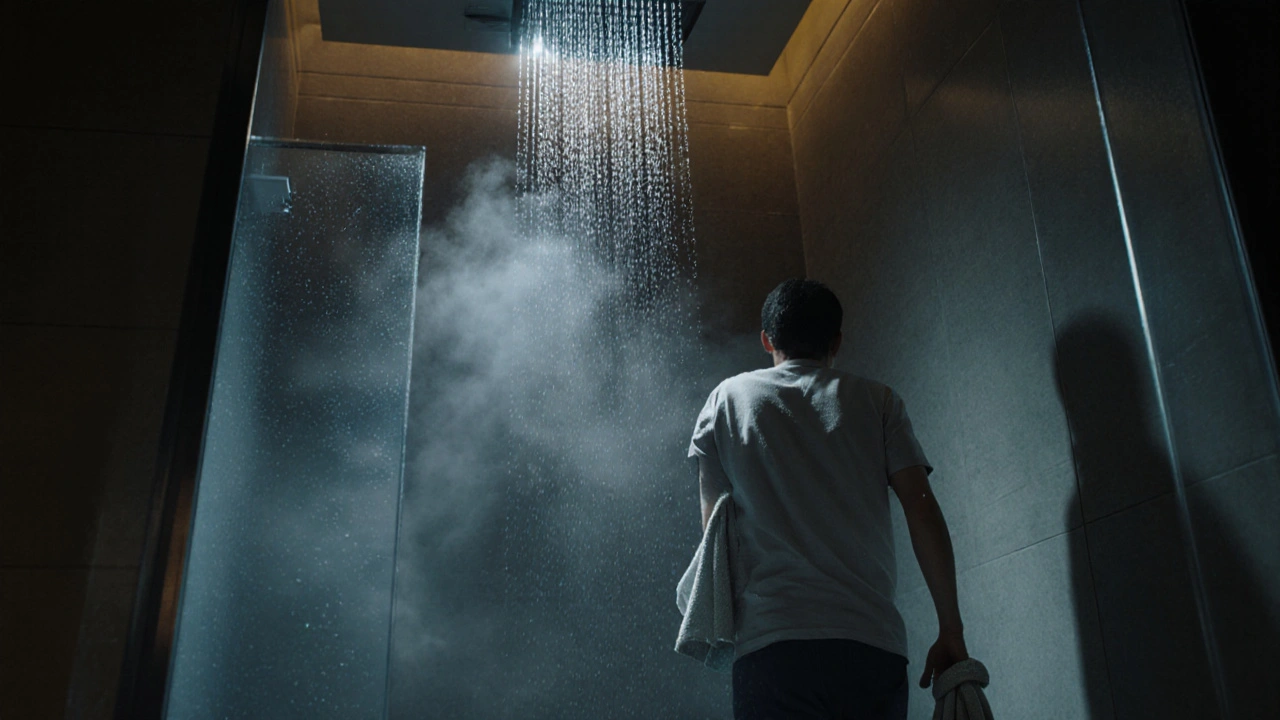
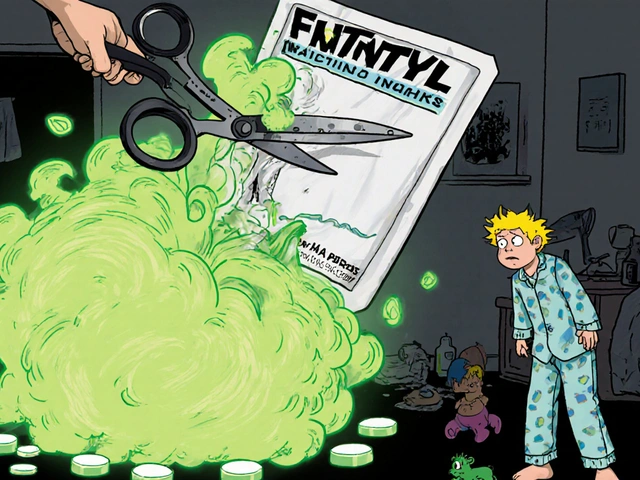
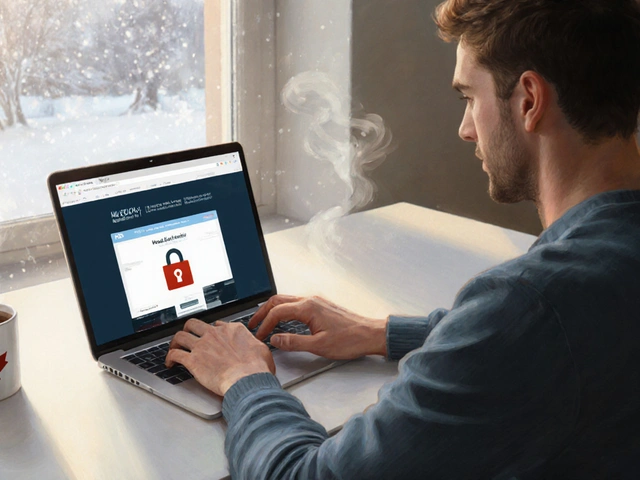

Ellie Chung
October 9, 2025 AT 18:58Stepping into a steamy hotel shower can feel like you’re diving into a tropical sauna, but hidden in that mist might lurk legionella-those sneaky bacteria that love warm, stagnant water. It’s wild how something as innocent as a jacuzzi can become a silent assassin, spraying microscopic villains straight into your lungs. The article nails the fact that you don’t catch it from a faucet; it’s all about inhaling that aerosolized cocktail. If you’ve ever wondered why a post‑vacation cough sticks around, think about the water system’s temperature sweet spot (25‑45 °C) and you’ve got a clue. Bottom line: keep an eye on those hot tubs, folks, before they turn into a bacterial playground.
Sophia Simone
October 16, 2025 AT 17:38While your dramatization is entertaining, it betrays a fundamental misunderstanding of epidemiological risk assessments; the prevalence of Legionella in well‑maintained facilities is statistically negligible. Hence, alarmist rhetoric merely fuels unwarranted panic rather than informed vigilance.
Juan Sarmiento
October 23, 2025 AT 16:18Hold up, Sophia-your points are spot‑on, but let’s not forget that the very purpose of these warnings is to keep complacency at bay. A little drama can be the catalyst that pushes a manager to double‑check water temperatures, and that might just save a life. Think of it as a safety net woven with both facts and a dash of urgency. Your precision is appreciated, yet a sprinkle of human concern never hurts.
Patrick McVicker
October 30, 2025 AT 14:58Yo, quick tip: if you’re staying at a place with an ancient boiler system, run the tap hot for a minute before showering; it helps flush out any low‑level Legionella that might be lurking. 😎 Also, ask the front desk about their water‑treatment schedule-most decent hotels will actually have a log you can peek at.
Liliana Phera
November 6, 2025 AT 13:38The pragmatic advice you dispense is commendable, yet it glosses over the deeper ethical question: why do we accept the existence of such hazardous infrastructure in the first place? If we continue to normalize risk‑laden water systems, we perpetuate a cycle of avoidable suffering. It’s time to demand systemic overhaul rather than merely coping with temporary fixes.
Dean Briggs
November 13, 2025 AT 12:18Legionnaire’s disease, first identified after the 1976 American convention outbreak, remains a textbook example of how environmental microbiology intersects with public health.
The causative agent, Legionella pneumophila, thrives in warm water environments, especially where temperature control is lax.
This bacterium’s predilection for biofilm formation allows it to persist in premise plumbing, cooling towers, and decorative fountains.
When aerosolized, the bacteria can travel deep into the alveolar spaces, bypassing many of the body’s natural defenses.
The incubation period, typically ranging from two to fourteen days, complicates tracing the exact exposure source.
Clinicians must therefore maintain a high index of suspicion, especially in patients presenting with high‑grade fevers, productive cough, and a recent history of travel or occupational exposure.
Diagnostic modalities have evolved, with the urinary antigen test offering rapid bedside confirmation for serogroup 1, while PCR and culture remain essential for broader strain identification.
Treatment protocols prioritize antibiotics that achieve high intracellular concentrations, namely macrolides such as azithromycin and fluoroquinolones like levofloxacin.
A minimum ten‑day course is recommended, though severe cases or immunocompromised patients often require extended therapy and possible ICU support.
Mortality rates have dropped significantly with early recognition and appropriate antimicrobial therapy, yet they still hover around 2‑5 % in many published series.
Prevention, therefore, is not merely a clinical concern but a responsibility of building managers and public health officials.
Routine water temperature monitoring-keeping hot water above 60 °C and cold water below 20 °C-disrupts bacterial proliferation.
Additional interventions include regular hyperchlorination, copper‑silver ionization, and systematic flushing of seldom‑used outlets.
Regulatory agencies in several countries mandate quarterly testing of large water systems, yet compliance varies widely due to resource constraints.
From a societal perspective, the economic burden of outbreaks includes not only direct medical costs but also reputational damage to hospitality venues.
Ultimately, a multidisciplinary approach that integrates engineering controls, vigilant clinical practice, and public awareness is the most robust defense against Legionella’s insidious threat.
Sadie Speid
November 20, 2025 AT 10:58Fantastic deep‑dive, Dean! Your thorough breakdown gives anyone reading a solid action plan-now let’s turn that knowledge into practice by checking our own water systems and urging local management to schedule routine testing.
Sue Ross
November 27, 2025 AT 09:38Reading through all these insights makes me appreciate how often we overlook the hidden ecosystems inside our buildings. It’s striking that something as mundane as a faucet can become a vector for such a serious illness. By staying informed and advocating for proper maintenance, we can collectively reduce the risk. Knowledge truly is our best disinfectant.
Rohinii Pradhan
December 4, 2025 AT 08:18While your exposition is commendably exhaustive, it neglects to acknowledge that the majority of Legionella cases arise from private residential settings, not merely commercial installations; this omission may mislead readers regarding the true epidemiological distribution.
Anna-Lisa Hagley
December 11, 2025 AT 06:58Honestly, the whole hype around Legionella feels like a convenient excuse for hotels to charge extra for “premium” water treatments, all while the average homeowner remains clueless. It’s a cynical profit‑driven narrative masquerading as public health vigilance. The industry should be held accountable, not lauded.